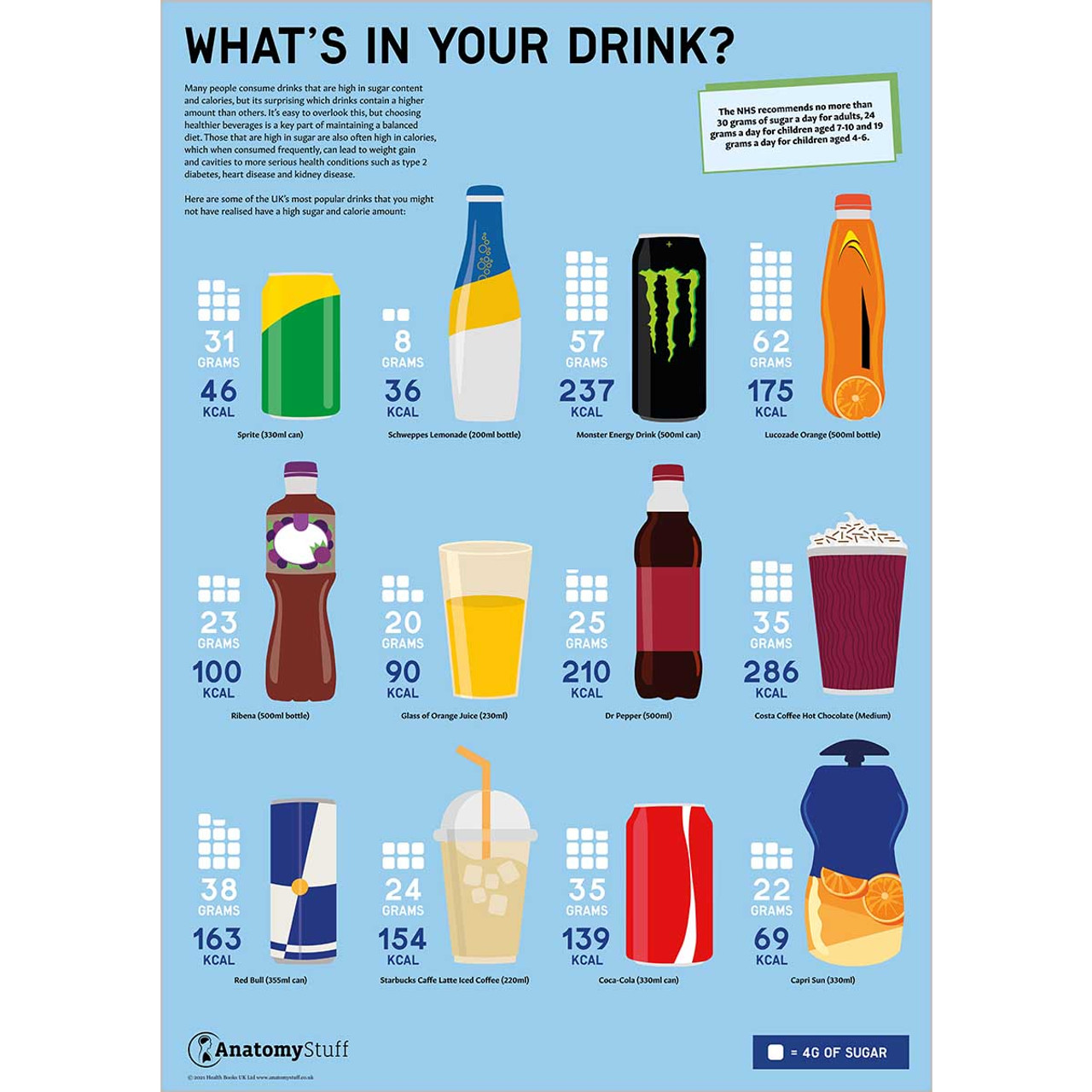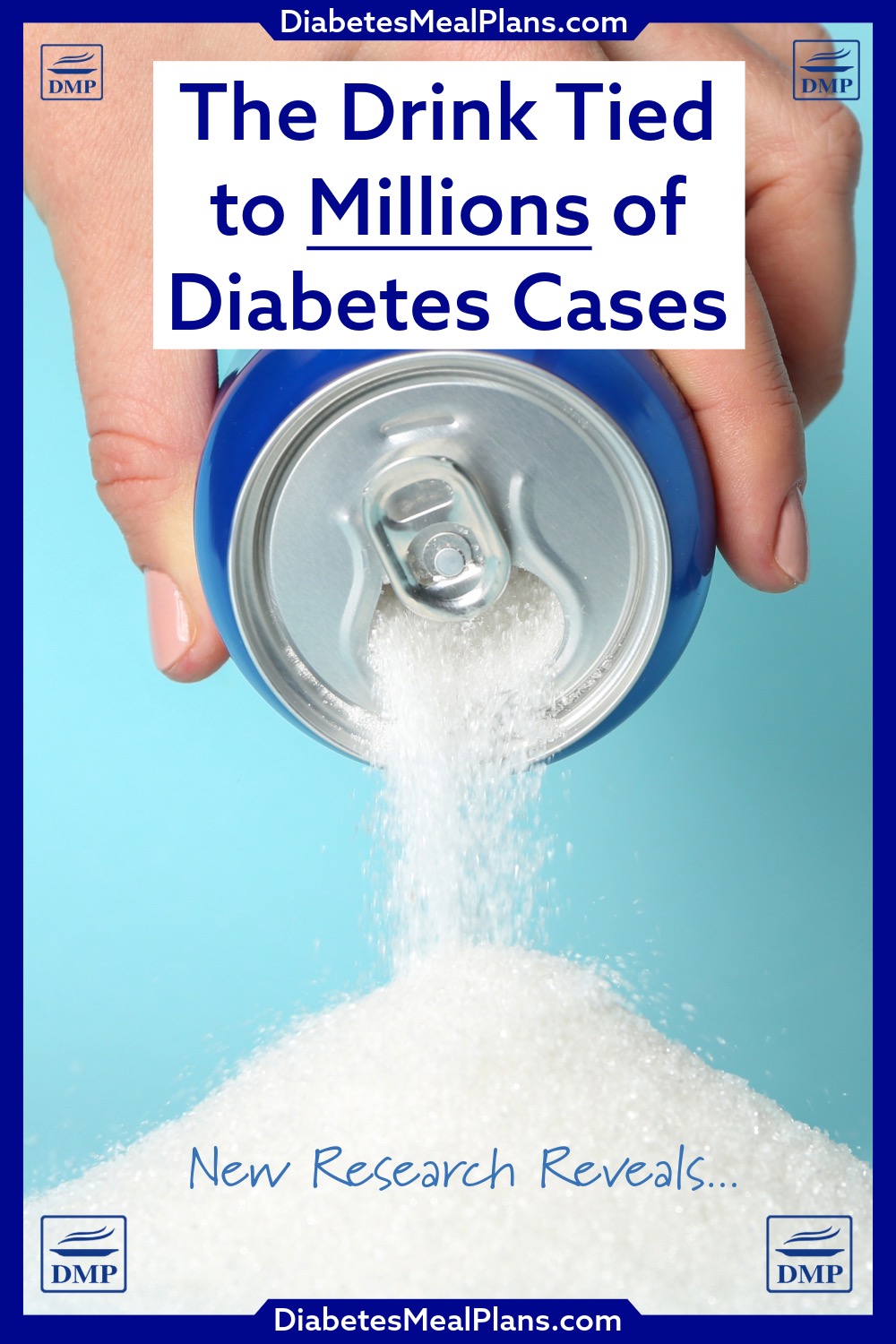In the age of fast food and convenience, sugar-sweetened drinks have become a staple of many diets worldwide.
From fizzy sodas to sweetened teas, energy drinks and fruity punches, these drinks may seem harmless, but they carry a hidden danger that affects millions of people across the globe.
A new study published in Nature Medicine (6 Jan 2025) reveals the staggering impact of sugary drinks on global health, linking them to millions of new cases of type 2 diabetes and cardiovascular disease (CVD) each year!
The Numbers Don’t Lie: A Global Crisis
The study, which analyzed data from 184 countries, uncovered that in 2020 alone, 2.2 million new cases of type 2 diabetes and 1.2 million cases of cardiovascular disease were directly attributable to sugar-sweetened drinks.
These drinks accounted for nearly 10% of all new diabetes cases (that’s a lot!) and 3% of heart disease cases globally.
Regions like Latin America and sub-Saharan Africa bore the brunt, with T2D rates as high as 24% linked to sugary drinks in some areas—that’s just crazy!
How Much Sugar in Sugary Drinks?
To put it plainly, there is A LOT of sugar in sugary drinks, as you can see in the chart below.

It’s crazy to think people drink 62 grams of sugar in a Lucozade Orange drink!
But even things that seem innocent, such as fruit juices still deliver a hefty 20 grams of sugar—natural or not, sugar is sugar.
And the major sugar hit that comes from these drinks is literally killing people!
Why Are Sugary Drinks So Harmful?
We’ve known for a long time how bad these drinks are for our health, and yet surprisingly, people across the globe still drink them frequently—that’s the power of food companies’ marketing campaigns.
Unlike healthy whole foods, sugary drinks are rapidly absorbed into the bloodstream, causing a sharp spike in blood sugar levels.
Over time, this constant sugar rush can lead to insulin resistance, visceral fat accumulation (belly fat), and inflammation—major contributors to diabetes and heart disease.
On top of this, these drinks often replace healthier food and drink options, compounding their negative effects.

The Demographics at Risk
The research highlights that certain populations are affected more than others.
Who are they:
- Men
- Younger adults
- People living in urban areas
- People with higher education levels, interestingly!
Unfortunately, although not surprising, the trends are particularly alarming among young adults, who face the highest proportional risk of developing diabetes and heart disease from these sugary drinks, which are readily available everywhere.
Policies Aren’t Enough—Yet
Despite efforts like sugar taxes and public health campaigns in some countries, the global burden of sugar drink-related diseases remains high.
For instance, while nations like Mexico have implemented soda taxes, marketing campaigns often undermine these efforts by targeting younger, wealthier people.
Countries across Europe have also implemented soda taxes, and while sugar consumption has decreased overall, marketing campaigns still push sugary drinks. Food companies have billions to invest in marketing campaigns!
In places across the globe, where sugary drink consumption is rising rapidly, many governments have yet to take meaningful action.
What Can You Do?
Reducing your intake of sugary drinks is a simple yet effective way to lower your risk of developing type 2 diabetes and heart disease.
Consider swapping sodas for water, unsweetened teas, or sparkling water with a splash of fresh lower carb fruit for flavor.
Small changes can lead to significant health benefits over time!
A Call to Action
The study serves as a wake-up call for individuals, governments and health organizations.
While some progress has been made, the fight against sugar-sweetened drinks requires a united, global effort.
Education, stricter policies, and industry accountability are critical to reducing the devastating health toll of these seemingly harmless drinks.
At the very least, do yourself a favor and avoid them—your health will be vastly better off without them!

Kevin Iworsley
I have been using “Mio” to flavor my water, there are a few flavors I like, I think it helps me drink more water
Sarah
What is the verdict on the sugar free/zero sugar sodas and energy drinks? Are they just as dangerous for blood sugar and T2D?
Dr Jedha
Hi Sarah, Sugar-free or zero-sugar sodas and energy drinks don’t impact blood sugar like sugary versions, but they can still affect health. Some studies suggest artificial sweeteners may still impact blood sugar, gut health or insulin sensitivity, along with contributing to weight gain (not weight loss as may be expected). For more background on sweeteners, listen to this podcast. It’s best to limit these drinks and prioritize water, herbal teas, or other natural, unsweetened options where possible.